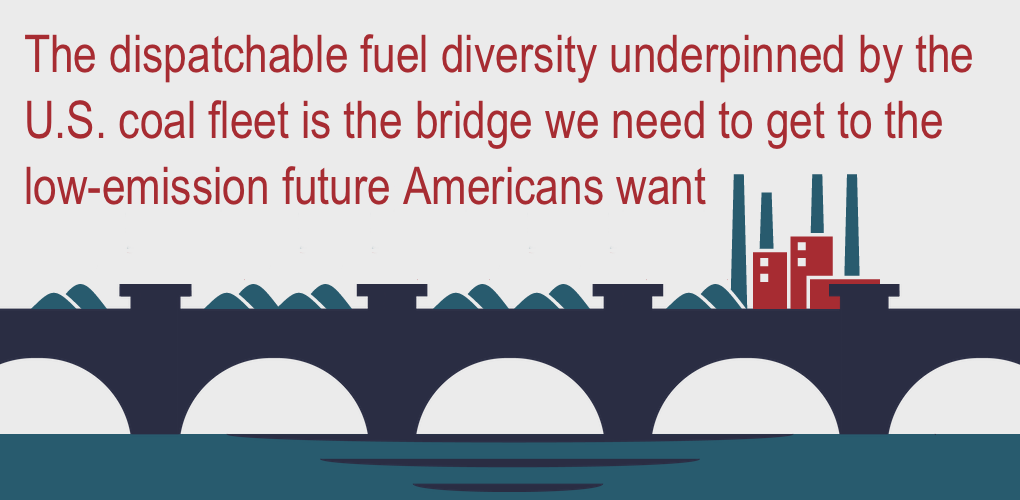
Don’t Jeopardize the Affordability Underpinned by Dispatchable Fuel Diversity
Just a few weeks ago, industry observers declared the end of the era of cheap natural gas. With U.S. natural gas prices soaring past the $4/MMBtu mark and now sitting above $4.60—nearly double what they were this time last year – that call seems increasingly prescient. Not since 2014 have prices been at this level for any sustained period.
Gas prices are also soaring across Europe and Asia as recovering demand races past supply. In Europe, escalating electricity prices are accompanied by a threat of severely constrained energy supplies this coming winter. In Germany, electricity prices have jumped more than 60 percent this year. In Spain, electricity prices are double what they were just two years ago and in Britain utilities are seeking approval to raise electricity rates for the second time just this year. As one analyst observed, “the spectre of energy poverty may fall quickly across Europe this winter.”
Consumers are getting hammered and since European governments have closed much-needed coal capacity, there’s no longer dispatchable fuel diversity to offer shelter. As an energy trader told the Financial Times, “In the past we used to see more fuel switching — if gas prices are too high then utilities will switch to coal. But that is not really an option these days given the high carbon price and the phaseout of coal generation in the UK.”
Fortunately for U.S. consumers, the U.S. coal fleet is working as the price shock absorber Europeans desperately wish they still had. Analysis from the U.S. Chamber of Commerce’s Global Energy Institute shows rising natural gas prices have led to considerable fuel switching and a resurgent year for thermal coal. Month after month – as gas prices continue to tick up – coal’s share of the electricity mix climbs, and it’s poised to play a particularly important role this winter. National coal consumption is expected to rebound 16 percent this year from pandemic lows.
“The main factor is economics. Since bottoming out in the middle of 2020, natural gas prices have steadily risen over the last 12 months, leading many utilities to shift back to coal as a lower-cost fuel source,” explained the institute. “On a per megawatt-hour fuel cost basis, natural gas has become over $20 more expensive than coal for the first time in seven-plus years.”
The Institute’s analysis backs up the numbers coming from markets across the country. In June, with temperatures and electricity demand soaring, coal came to the rescue to pick up market share and shield consumers.
According to Argus, in June coal generation on the PJM grid, the nation’s largest, hit a three-year high. Coal demand on the Midcontinent Independent System Operator (MISO) grid rose 37% and 42% in Southwest Power Pool (SPP) territory. As the summer went on – and when grids were pushed to the limit on some of the hottest days of the year, like August 13 — the importance of the optionality provided by the coal fleet to affordability and grid reliability was unmistakable. On the PJM grid coal provided a third of generation. On the SPP grid, nearly half. And on MISO, which covers most of the Midwest, more than half, totaling nearly 41 GW of power.
If higher natural gas prices and price volatility are here to stay – and for the foreseeable future that appears to be the case – the worst thing policymakers can do for the energy transition is accelerate the closure of critically important coal capacity.
Europe’s soaring energy costs may well bring aggressive plans for transition crashing down. The same is almost certainly true here as inflation and ongoing pandemic-induced uncertainty cast a pall over economic recovery.
The dispatchable fuel diversity underpinned by the U.S. coal fleet is the bridge we need to get to the low-emission future Americans want. Pursuing a path that delivers the “spectre of energy poverty,” is the surest path to failure.
- On September 8, 2021
